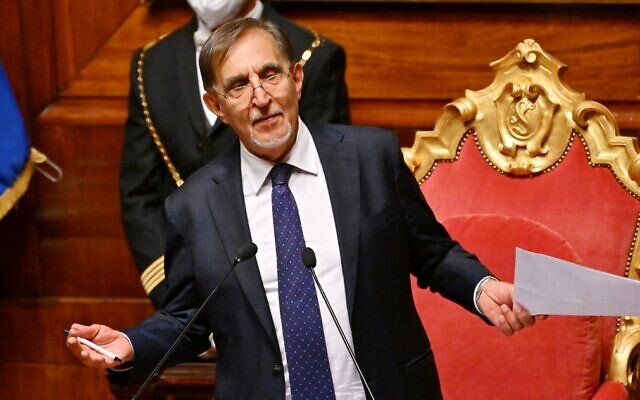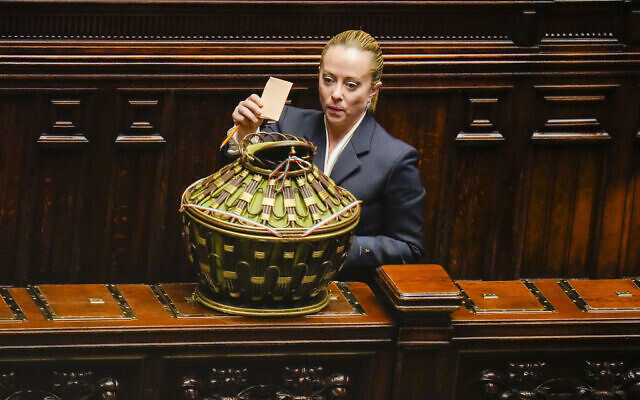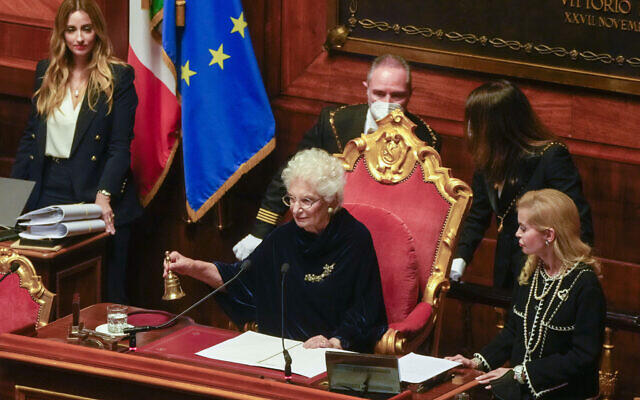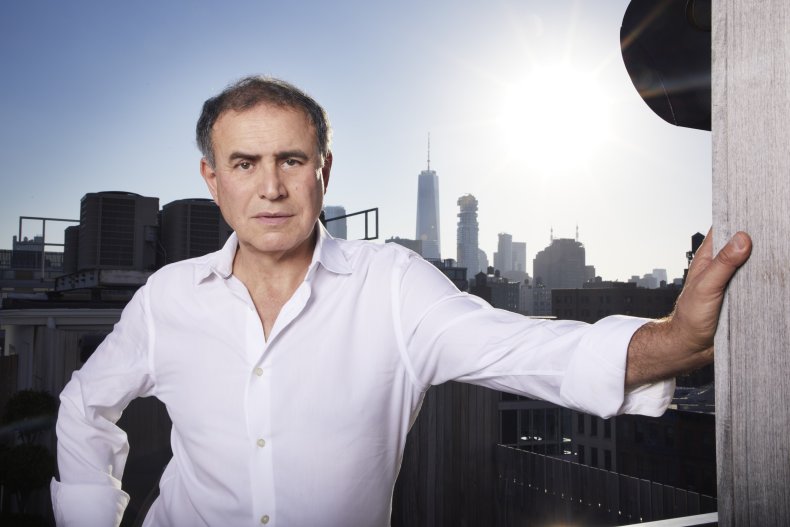Election breaks months-long political deadlock and came hours after rockets struck areas near Baghdad’s Green Zone.

Published On 13 Oct 202213 Oct 2022
|
Lawmakers in Iraq have elected Kurdish politician Abdul Latif Rashid as the country’s new president, paving the way for the formation of a new government and ending a year of deadlock, even as rockets landed near the parliament building.
Rashid replaced fellow Iraqi Kurd Barham Saleh as head of state after the two-round vote in parliament on Thursday, winning more than 160 votes against 99 for Saleh, an assembly official said. Saleh reportedly walked out of the parliament building as the votes were tallied.
Shia politician Mohammed Shia al-Sudani was quickly named prime minister-designate, assuming the task of reconciling feuding Shia factions and forming a government after a year of deadlock. Al-Sudani replaces caretaker Prime Minister Mustafa al-Kadhemi.
In Iraq’s power-sharing system, the presidency is reserved for Kurdish groups to nominate while the premiership falls under Shia blocs. The speaker of parliament is a Sunni.
Reporting from Baghdad, Al Jazeera’s Mahmoud Abdelwahed said the election of Rashid signals that “this chapter of rivalry has been concluded in the Iraqi parliament,” while noting that forming a government could still be an uphill battle.
“It remains to be seen what reactions could unfold in the streets given the fact that this has not been easy,” Abdelwahed said. “This process has taken a long time and it has included violence between supporters of rival political parties.”
The 52-year-old Sudani, who has the backing of the pro-Iranian Coordination Framework, will now have 30 days to form a government, a daunting task that will require winning over those affiliated with influential Shia leader Muqtada al-Sadr.
The most recent political deadlock began after al-Sadr emerged as the biggest winner in an October 2021 parliamentary vote, but failed to rally enough support to form a government. Al-Sadr in August announced what he called his “final withdrawal” from politics, sparking protests that killed at least 30.
In July, when al-Sudani was first proposed for the role, protesters backed by al-Sadr also stormed parliament. The standoff has seen both sides set up protest camps in the heavily fortified Green Zone, which houses many government buildings.
Iraq had already made three failed attempts this year to elect a new head of state.
The presidency was also fiercely contested between Iraq’s Kurdish region’s two main parties – the Kurdistan Democratic Party (KDP) which nominated Rashid, and its traditional rival, the Patriotic Union of Kurdistan (PUK).
Rashid’s election raises concerns about escalating tensions between the KDP and PUK, who fought a civil war in the 1990s.
Rocket attacks ahead of vote
In advance of the much-anticipated session, at least nine rockets targeted the parliament building inside the Green Zone, wounding at least five people.
The attack was swiftly condemned by the US and UK ambassadors to the country, with UK envoy Mark Bryson-Richardson tweeting the “violence has no part in the political process and state institutions must be allowed to operate.”
It was not the first time rocket attacks have targeted the parliament building as lawmakers prepared to attend a session.
On September 28, three rockets targeted the Green Zone as a session was convened to renew confidence in parliament speaker Mohammed al-Halbousi.
Both Rashid and al-Sudani have long histories in Iraqi politics.
Al-Sudani rose to prominence within the Shia political leadership following the US-led invasion of Iraq in 2003.
In 2010, he launched his political career in Baghdad, rising within the government of prime minister Nuri al-Maliki and becoming the minister of human rights, then social affairs, and then of industry.
Both Rashid and al-Sudani are seen as close to al-Maliki, a longtime foe of al-Sadr.
KEEP READINGl
Thousands of Iraqis gather to mark 2019 anti-government protest
Rockets hit Baghdad for second day as Iraq unrest escalates
13 dead in Iranian attacks on Kurdish rebels in northern Iraq
:quality(70)/cloudfront-eu-central-1.images.arcpublishing.com/thenational/F2OZMWLGBG65QBTY2IVSW5DDUE.jpg)














